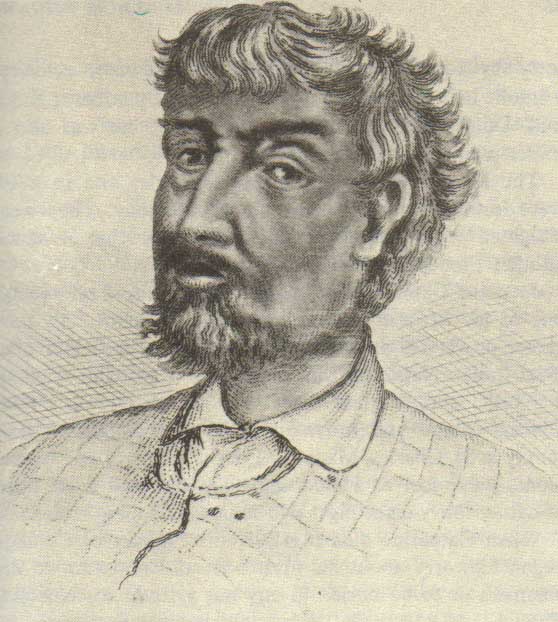 Jean Baptiste Point Du Sable |
|
by
artist Raoul Yarin
|
It is unclear whether Estevanico lived happily with the native people of Arizona or New Mexico or died at their hands. The story of a fur traper namned Du Sable leaves no doubt that this handsome black frenchman marrried into and remained a good friend of the Illinois Indians.
He also maneuvered with the skill of an experienced diplomat as Illinois slipped from French to British to U.S. control. His personal charm and diplomacy kept him from being jailed as and enemy agent and won him powerful white and Indian allies.
There are gaps in his early life. Du Sable was born somewhere in the Caribbean in 1745 to a French sailor father and an African slave women. Sent to Paris for an education, he ended up in the Illinois Territory in 1779. With him came twenty-three French art treasures and a desire to become a fur trapper.
As a Frenchman in a land recently taken by the British, Du Sable fell under suspicion. On July 4, 1779, a British officer complained he "was much in the interest of the French" and Du Sable was arrested for "treasonable intercourse with the enemy." He managed to escape only to be arrested again. This time he so impressed British Governer Patrick Sinclair that Du Sable was released and for five years placed in charge of a settlement on the St. Charles River.
Du Sable had no difficulty in persuading local Indians he was a friend. It took much longer for white Chicagoans to recognize that Du Sable was their city's founder.